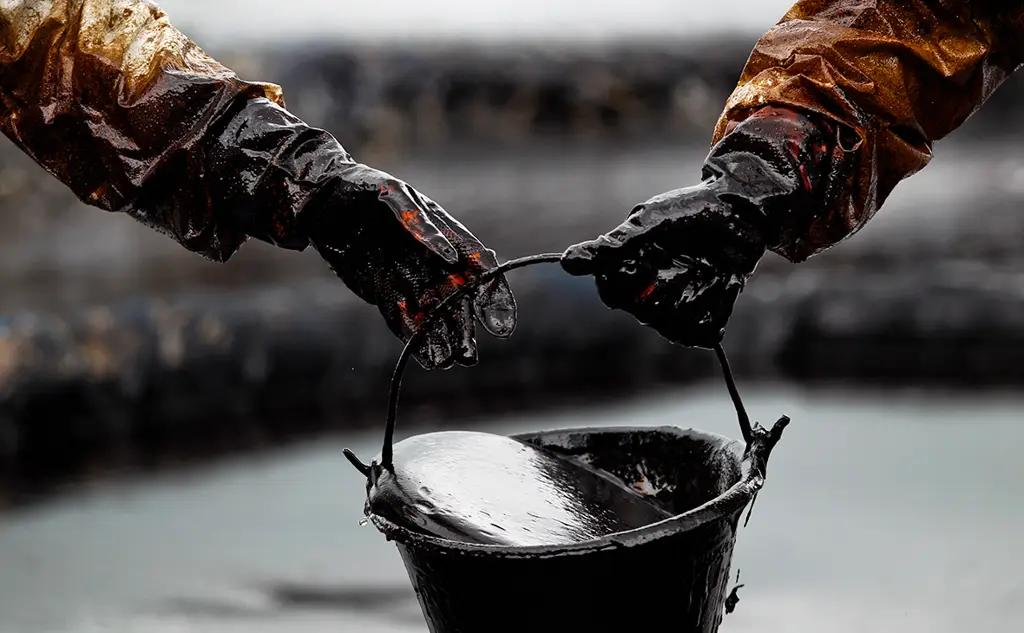
Published
11/07/2025, 15:58Kyrgyzstan is increasing its exports of petroleum products, yet it still cannot meet its own fuel needs. Behind the rising export figures lies a simple truth — most of the exported fuel is not Kyrgyz, but re-exported from neighboring countries. At the same time, Kyrgyzstan has several refineries, including a domestic one, so does the country really have no oil of its own? Or does it?
Over the past five years, exports of petroleum products from Kyrgyzstan have more than doubled.
If in 2020 the country exported around 105,000 tons of products worth 3.4 billion KGS (45 million USD), by 2024 the volume had reached 221,000 tons valued at 11.9 billion KGS (almost 138 million USD).
During this period, the main buyers of fuel from Kyrgyzstan were Turkey and Uzbekistan. In 2024, nearly 40% of exports — about 89,000 tons of petroleum products worth 5.7 billion KGS (65 million USD) — went to Turkey. Uzbekistan purchased 87,900 tons for 2.2 billion KGS (25 million USD). Smaller shipments were also sent to the UAE, Kuwait, and China.
However, it should be noted that most of this “export” is actually re-export, meaning the resale of fuel previously imported from Russia and Kazakhstan. In other words, Kyrgyzstan acts less as a producer and more as an intermediary in the regional market. Moreover, the export structure shows that mainly fuel oil, stove fuel, and low-quality diesel are sent abroad, rather than gasoline. Firstly, Kyrgyzstan needs gasoline for its own consumption; secondly, even if most petroleum products were domestically produced, the country’s refineries have limited processing capabilities. Local plants can primarily produce AI-92 gasoline and heavy fuels, while the capacity for deep refining required to produce high-octane gasoline does not exist in the country.
Today, according to the National Statistics Committee, about 300,000 tons of crude oil are extracted in the country each year — this is not enough even to partially meet domestic demand. After refining such volumes, only several tens of thousands of tons of gasoline and diesel can be produced, which amounts to roughly 3% of annual consumption.
Nevertheless, according to Duishenbek Kamchybekov, Doctor of Technical Sciences and Chairman of the Board of the Association of Mining Industrialists and Geologists of the Kyrgyz Republic, the industry does have potential.
About ten promising oil and gas areas have been identified in Kyrgyzstan — in the Fergana, Chui, Issyk-Kul, and Talas basins. According to forecasts, these zones may contain over one billion tons of equivalent fuel.
The main challenge is the depth at which the deposits lie. Potential fields are located at depths of 3 to 5 kilometers, making exploration and drilling extremely costly. According to experts, drilling just four parametric wells would cost approximately one billion soms. However, if oil is successfully discovered, these investments could be quickly recouped.
“The initial stages are expensive everywhere in the world, but once oil is found and pumps are installed, the costs are recouped. It could be the same in Kyrgyzstan,” — notes Kamchybekov. — “The only problem is that financing and government support are needed to start drilling in the promising areas.”
According to him, today “Kyrgyzneftegaz” holds only a portion of the licenses for field development — about 15 out of 50 issued. The rest belong to private and foreign companies. Exploration of the territories is ongoing, but without major investments, the country cannot yet move from forecasts to industrial-scale production.
The expert believes that the joint-stock company “Kyrgyzneftegaz” needs to be granted additional powers — primarily for the development of regulatory and investment documents, as well as for coordinating exploration activities on other licensed sites. The most important, in his view, is the creation of a legal framework that would attract investors and ensure government support for the industry.
Today, “Kyrgyzneftegaz” produces about 175,000 tons of oil and 25 million cubic meters of gas per year. The company conducts exploration and development on several sites, including:
In total, the company manages 14 fields at the stage of industrial development and 6 sites at the exploration stage. All of them are located in the southern regions of the country, mainly in the Jalal-Abad and Osh provinces.
The majority of production comes from the currently active fields. In the coming years, the company plans to expand exploration in order to increase production and diversify its resource base.
“Kyrgyzneftegaz” is the only state-owned company in the industry that not only produces but also processes raw materials within the country. Crude oil is not exported.
At its own facilities, the company produces AI-80 gasoline, diesel fuel, and fuel oil. All products remain on the domestic market and are used to meet the needs of the population, enterprises, and government structures, particularly in the energy and transport sectors.
The company notes that the main challenges for the industry are the modernization of the refinery and the development of new fields. These steps will gradually help reduce Kyrgyzstan’s dependence on imported fuel.
According to experts, with sufficient investment and expanded exploration, the country could produce up to 3 million tons of oil per year — enough to fully meet domestic demand and eliminate fuel imports. For now, however, oil in Kyrgyzstan remains underground and likely flows abroad through intermediaries.



